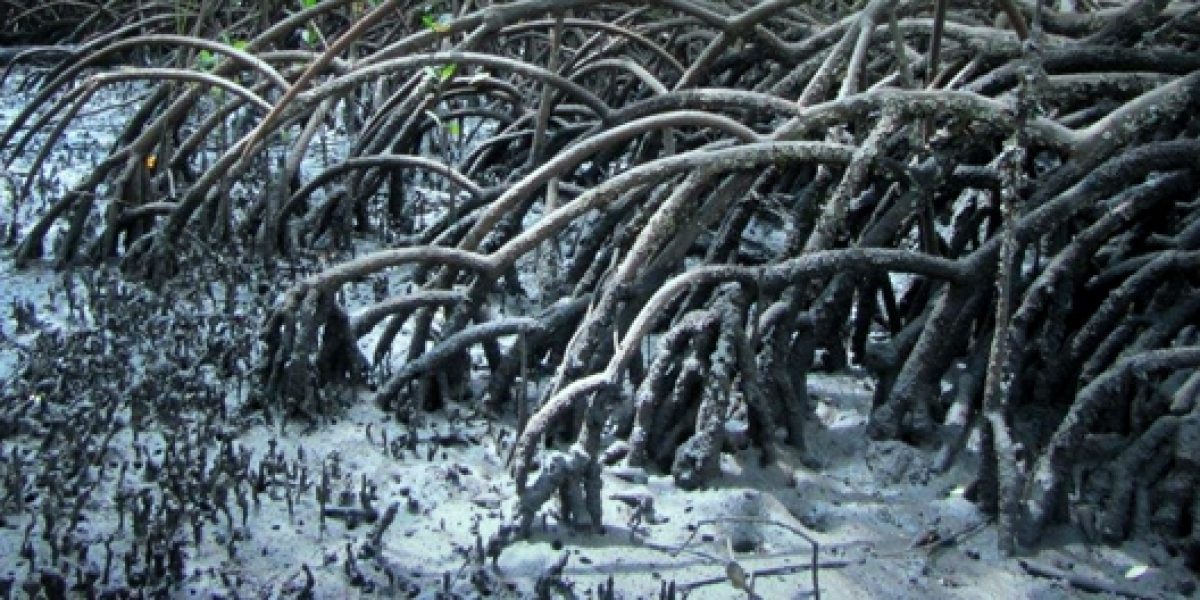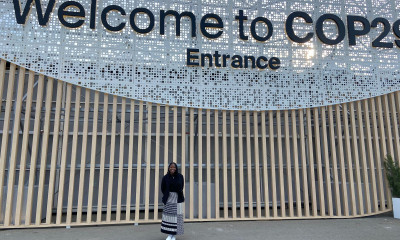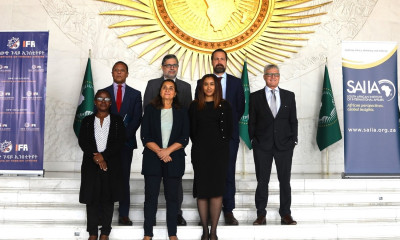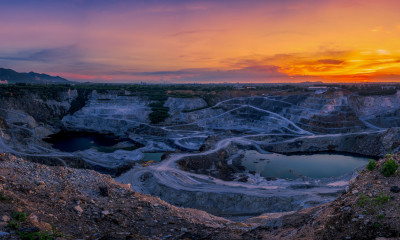More than half of all original forests have already been lost. This depletion is cause for serious environmental and economic concern in many developing countries. Mangroves, located between the sea and the land, play a pivotal role in moderating monsoonal tidal floods and in coastal protection. They also support numerous forms of fauna and flora, as well as fisheries. In addition, mangroves have the ability to sequester large amounts of carbon dioxide and therefore act as important tools for climate change mitigation.
The continuing degradation and depletion of mangroves therefore severely threatens the livelihoods of people dependent on mangrove ecosystem services and functions.
In a recently published SAIIA Research Report, ‘Balancing development and coastal conservation: mangroves in Mozambique’, author Romy Chevallier considers the value of mangroves ‘services’ and explains that their non-market benefits need to be better incorporated into the development choices that countries make. She reports that the total economic value associated with managing ecosystems sustainably is often higher than the value associated with the conversion of the ecosystem through farming, mining, logging or other intensive, unsustainable practices.
This quantification is important so as to understand the ‘true’ value of a mangrove forest, and to use this cost to entice investment back into conservation. These decisions are particularly pertinent in countries like Mozambique, poised to acquire significant new wealth from oil, coal and gas deposits with potentially devastating consequences for the physical environment. African countries need to fully understand the consequences of natural resource exploitation on their fragile ecosystems, in order to minimise the negative impacts and avoid unwise trade-offs.
Download the report, Balancing Development and Coastal Conservation: Mangroves in Mozambique.
The report examines a range of governance approaches and tools to strengthen the management of mangroves in Africa. Reversing the trend of mangrove loss and the growing vulnerability of coastal people will require a real commitment by governments to develop and implement robust high-level policies, good management practices and the establishment of clear frameworks for mangrove ownership, use and management to guide human activities. Restoration has also been widely applied in many countries and can reverse the patterns of loss while bringing considerable socio-economic benefits to coastal areas. Restoration and protection is more likely to occur if strong economic arguments and incentive structures are used, including new opportunities such as Blue Carbon financing through climate change mitigation frameworks.
Click here to watch a short video interview on Mangroves with Romy Chevallier
Further reading: Mangroves, Coastal ecosystems and Blue Carbon
Governing Africa’s mangroves: A sustainable future, SAIIA Policy Briefing by Romy Chevallier (September 2013)
‘Africa mangrove habitats: prospects and challenges of payment for coastal and marine ecosystem services’, chapter by Alex Benkenstein and Romy Chevallier in Economic Incentives for Marine and Coastal Conservation: prospects, challenges and policy implications, Routledge 2014.
Reconciling growth and development with ecological integrity along Africa’s coastline, opinion piece by Romy Chevallier (August 2013)
Blue Carbon: The opportunity of coastal sinks for Africa, SAIIA Policy Briefing by Romy Chevallier (November 2012)









